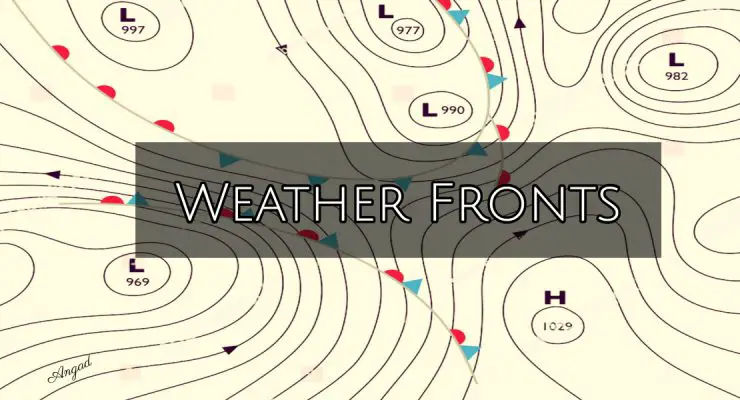Air Masses It is defined as a quantity of air with dimensions of about 500nm or so, with little or no horizontal variation of any of its properties, especially temperature. Air masses are named after the sources from which they originate. Main air masses on the Earth are Tropical Air Masses and Polar Air Masses. Changes in the weather are caused by the movement of air masses. Factors affecting the properties of an Air-MassSource region - if the air mass is of Polar origin, it will be cold and if of tropical origin, it will be warm. Its track over the Earth's surface - if it passes … [Read more...]
